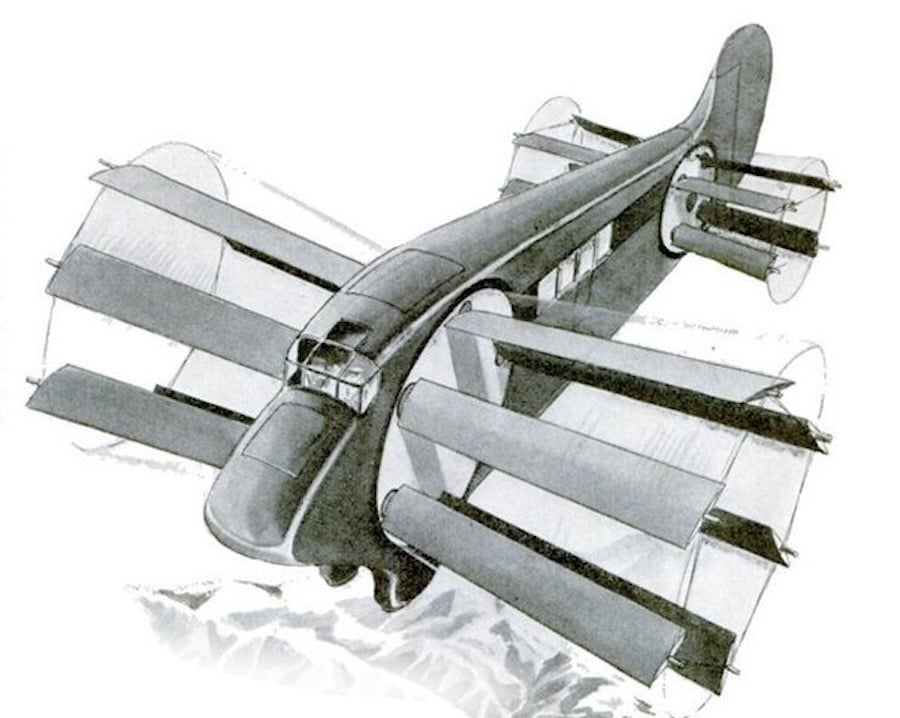The Magnus effect manifests when a spherical or cylindrical object spins as it moves through a fluid like air or water. The object’s rotation alters the fluid flow around it, creating an asymmetrical distribution of air speed around its surface.
This variation in fluid speed results in different pressures on the sides of the object, in turn generating a force perpendicular to the direction of movement. This behaviour is closely linked to Bernoulli’s principle, which explains how increases in fluid speed (in this case, air) lead to decreases in pressure.
As the cylinder rotates, for instance clockwise, it accelerates air on one side and slows it on the other, altering the streamline patterns and creating rotational flow.
This phenomenon modifies the air pressure around the cylinder, producing a force that can push the object towards the side of lower pressure. This effect is particularly noticeable in scenarios where the object’s angular speed and the air speed significantly interact.






